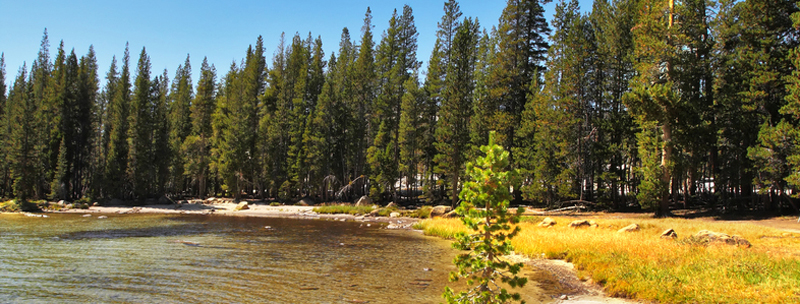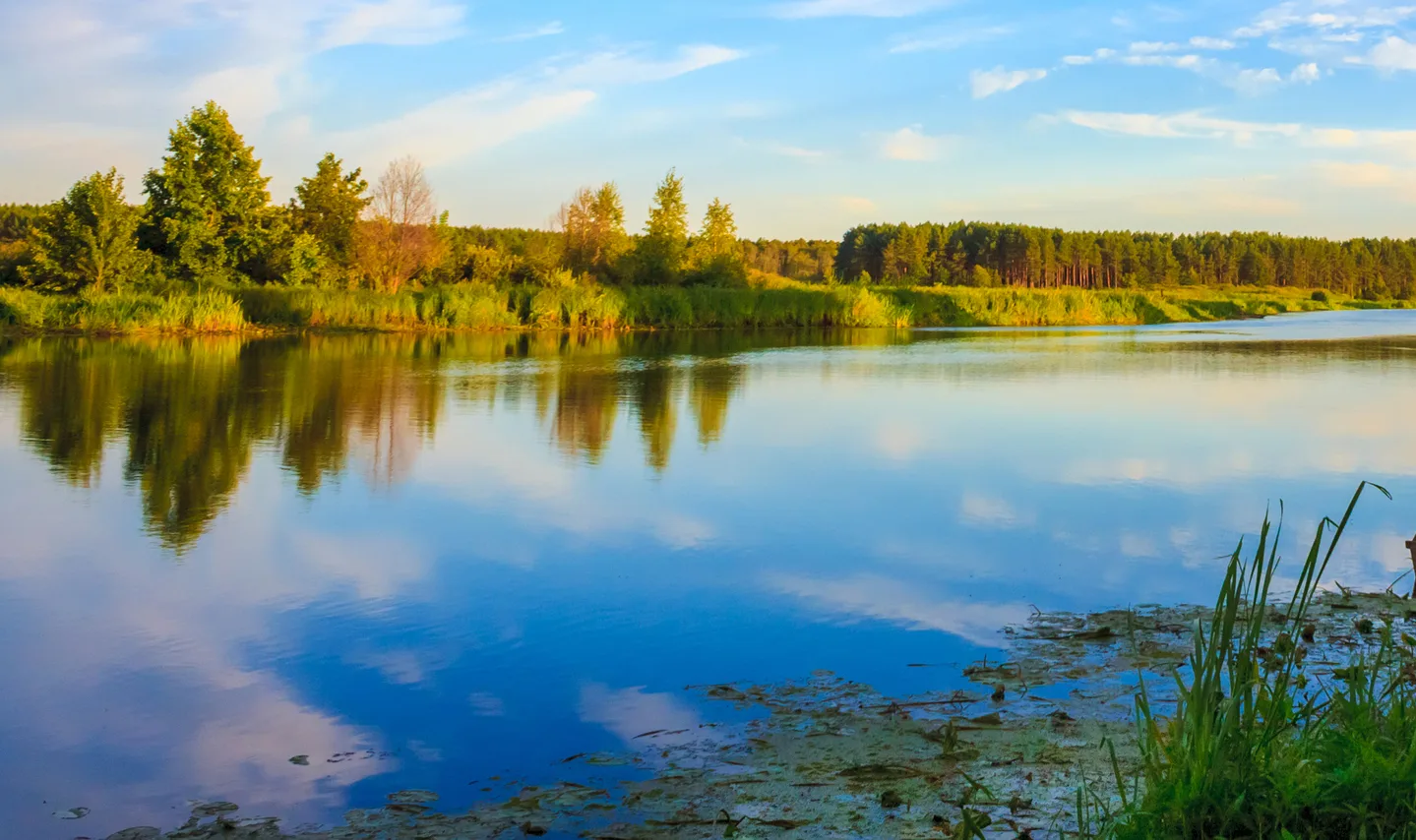The New Jersey Department of Environmental Protection (“NJDEP” or the “Department”) adopted its long discussed Environmental Justice Rules (“EJ Rules”) on April 17, 2023. The Department has touted these rules as the first of their kind in any state.
Eight types of facilities are subject to the EJ Rules: 1) major sources of air pollution; 2) resource recovery facilities or incinerators; 3) sludge processing facilities, combustors, or incinerators; 4) sewage treatment plants with a permitted flow of more than 50 million gallons per day; 5) transfer stations or other solid waste facilities, or recycling facilities intended to receive at least 100 tons of recyclable material per day; 6) scrap metal facilities; 7) landfills; 8) certain medical waste incinerators.
A permit applicant will be subject to the EJ Rules when it submits an application to NJDEP for a “new or expanded facility, or the renewal of an existing major source permit, for a facility located or proposed to be located, in whole or in part, in an overburdened community, or to Solid Waste Management Plan actions.” A list of overburdened communities (“OBCs”) has been developed by the Department and is available on its website.
To comply with the EJ Rules, applicants must prepare an environmental justice impact statement (“EJIS”). The EJIS will include a description of the municipal and neighborhood setting, the facility’s current and proposed operations including an explanation of “the purpose of the permit application” and “how the project serves the needs of the individuals of the [OBC],” a discussion of the pollution and environmental control measures that will be used, and “other information relevant to the potential for the facility to contribute to environmental and public health stressors in the [OBC].” Additionally, an EJIS must include a public participation plan. Finally, for new facilities, the EJIS must discuss how the facility will “serve a compelling public interest in the [OBC].”
If the Department determines a facility is located or proposed to be located in an OBC that is “subject to adverse cumulative stressors or the facility cannot demonstrate that it will avoid a disproportionate impact,” the application must provide supplemental information. This will include information related to traditional environmental concerns such as wildlife, flooding, water quality, air quality, and outdoor recreation.
Once an EJIS is complete and all required supplemental information provided, the Department will issue authorization for an applicant to proceed to the public participation process. As part of this process, the applicant will need to provide the required public notice, a public hearing, and a time for written comment submissions. Following the completion of the public participation process, the Department will decide whether the facility will avoid a disproportionate impact and whether additional conditions regarding environmental justice will be incorporated into any subsequently issued NJDEP permits.
For new facilities, the Department will deny an application if the applicant cannot avoid a disproportionate impact, unless “that proposed facility will serve a compelling public interest in the overburdened community.” NJDEP will apply a demanding standard to demonstrate that a facility serves “a compelling public interest.” That is, such a facility is one that “primarily serves an essential environmental, health or safety need of the individuals in an overburdened community,” is necessary to do so, and for which there are no reasonably available alternatives. Per the Department, this definition “will facilitate projects … such as schools or hospitals.” Economic benefits are not considered in this analysis.
For facility expansions and for major source air permit renewals, in contrast, the Department may not outright deny an application under the EJ Rules. Instead, the Department may impose conditions on the permit “as necessary to avoid or minimize contributions to adverse environmental and public health stressors.”
Effectively, the EJ Rules “will require certain facilities seeking certain permits in [OBCs] to prepare an [EJIS] and conduct a public hearing to ensure meaningful public participation in the permitting process.” The goal of this public participation and process is to “avoid increases to environmental and public health stressors” in OBCs, but it also will lead to greater regulatory and, in some instances, litigation hurdles for the affected facilities and operators.
For more information, please contact the author Jordan Asch at jasch@riker.com or any attorney in our Environmental Practice Group.








